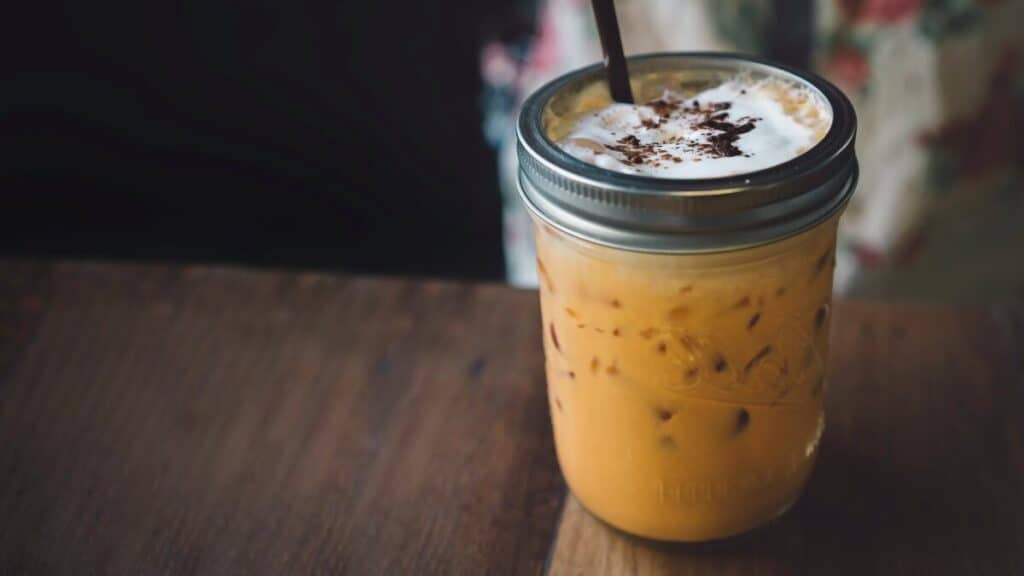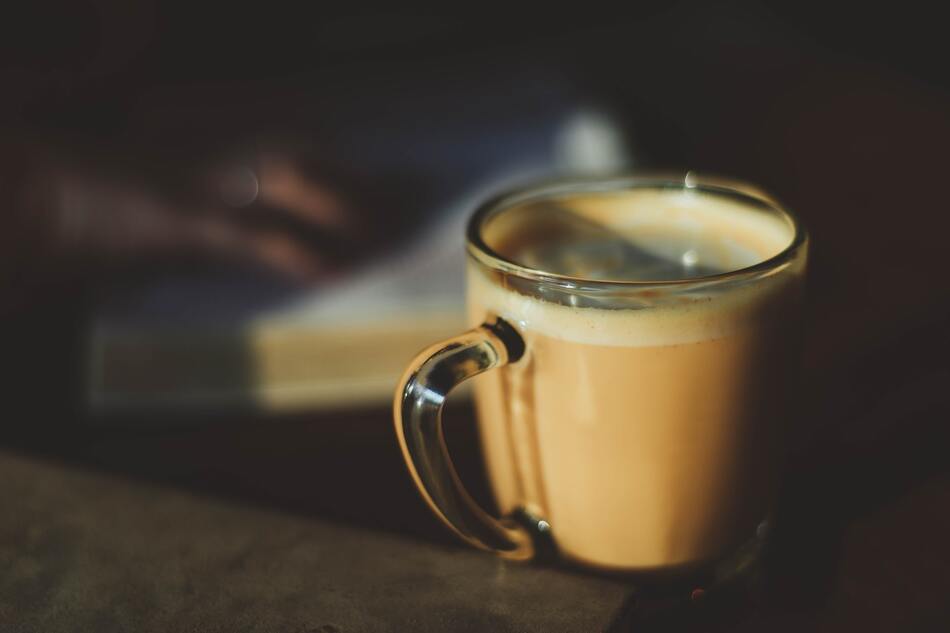Do you enjoy a nice hot cup of tea? If so, have you asked the question, why does tea foam? Tea foam is quite interesting and has a few different purposes. In this blog post, I will discuss the science behind tea foam and what it does for your drink. I will also cover some of the most popular theories about why tea foams in the first place!
There are different theories on why tea foams but the most likely explanation has to do with the chemistry of tea. When you brew a pot of tea, you’re essentially extracting tannins from the leaves into the water. Tannins are bitter-tasting compounds that can also be found in wine and fruits. They’re what gives black tea its astringent taste and mouthfeel.
Tannins are also known to be good foaming agents. They’re used in commercial food production to create stable foam in products like beer and ice cream. It’s thought that when tannins interact with proteins in milk, they help to create a stable foam on top of your cup of tea. So if you’re looking for a bit of extra foam in your cup of tea, try adding a splash of milk. And if you want to avoid foam altogether, simply brew your tea without milk. Either way, you’ll still be able to enjoy the delicious taste of your favorite tea! Thanks for reading and Happy Brewing!
Do Tannins Interact With Proteins In Milk?
Some say that it is the interaction between tannins and proteins in milk that helps create a stable foam on top of your cup of tea. If this is the case, then adding more milk to your tea may result in more foam. However, if you would like to avoid foam altogether, you can try brewing your tea without milk. Doing so should not affect the taste of your favorite tea too greatly.
The amount of foam in your cup of tea may also depend on the type of tea you are drinking. For example, black teas are known to contain more tannins than other types of tea. As a result, you may find that black teas produce more foam than other varieties.

What Influences The Foam In Your Tea?
Water temperature and type of tea are the two main variables that affect how much foam is produced in your cup of tea. When hot water is added to tea leaves, proteins are denatured and start to unravel. These proteins are responsible for creating the foamy head on the beer and the creamy texture in milk. For these proteins to create foam, they must first come into contact with air. This is why a cold glass will not produce as much foam as a warm one. If you want to decrease the amount of foam in your cup of tea, simply add milk or cream after the water has been poured.
As mentioned earlier, different types of teas will also produce varying amounts of foam. For example, matcha powder is full of tiny particles that will quickly produce a foamy head. If you are looking for a tea that is less likely to foam, white teas or oolong teas are good choices.
So the next time you find yourself wondering why your cup of tea is so foamy, remember that asides from tannins it all comes down to temperature and type of tea leaves!
Should You Be Concerned About The Foam?
No, you shouldn’t be concerned about the foam in your tea. As I said earlier, foam is simply created when air bubbles form in the liquid. When you pour a cup of tea, the oxygen in the air mixes with the liquid and creates tiny bubbles. These bubbles float to the surface and create foam.
So, there’s no need to worry about the foam in your tea. Many people believe that it’s a sign of a good cup of tea! So next time you see foam on your tea, just enjoy it and know that it’s a sign of a delicious cup of tea.
When Should You Be Concerned About The Foam?
The foam in your tea is not something you should be concerned about unless it is accompanied by other symptoms. If the foam in your tea is accompanied by a foul odor, discoloration, or sediment, your tea has likely gone bad and you should discard it. If you notice any of these symptoms, it’s best to err on the side of caution and throw out the tea.
While most foams are harmless, there are some exceptions. If you are making matcha at home, be sure to avoid using hot water that is too hot. This can cause the matcha to release harmful chemicals into the foam. When enjoying kombucha, be aware that some types may contain bacteria that can cause illness if consumed in large quantities. In general, the foam in your tea is nothing to be concerned about. However, if you notice any other strange symptoms, it’s best to discard the tea and start fresh. Better safe than sorry!
What Additives Can Make My Tea Foam More?
If you’re looking to add a little bit of drama (and maybe even some Instagram-worthiness) to your tea, then you’ll want to consider adding one of these foam-inducing additives. A few drops of lemon juice or cream is all it takes to transform your tea into a foamy beverage. Just be warned – too much and your tea will become overly rich and creamy.
Lemon juice isn’t the only way to get foamy tea. You can also try using milk, soy milk, or almond milk. Just like with lemon juice, it’s best to start with just a small amount and add more until you reach the desired consistency. Another option is to use whipping cream, which will give your tea an extra-thick and creamy foam.
So, next time you’re looking to add a little bit of excitement to your tea, consider one of these foam-inducing additives. Just be careful not to overdo it – a little goes a long way
Bottom Line
It turns out that tea foam is caused by tannins in the tea leaves or the brewing water and the type of leave. When hot water is added to the leaves, these tannins are denatured and start to come out of the solution.
So there you have it! Now you know why your cup of tea has a foamy top. Next time you take a sip of tea, think about all the tiny bubbles working hard to give you a delicious and refreshing beverage. Cheers!

